With new positive COVID-19 cases being reported in India, a lot of messages with various claims regarding the virus are being shared on social media. A widely viral social media post claims that the preventive measures in the message were suggested by the UNICEF.
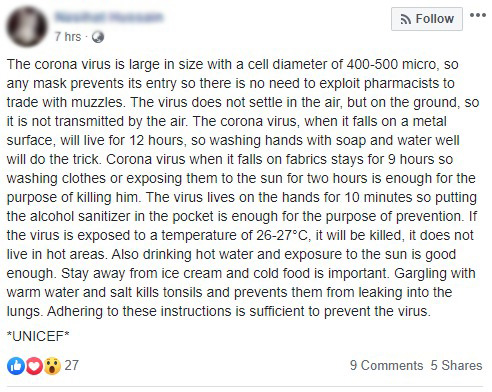
But, before fact-checking the message, let’s try to know a bit about the virus.
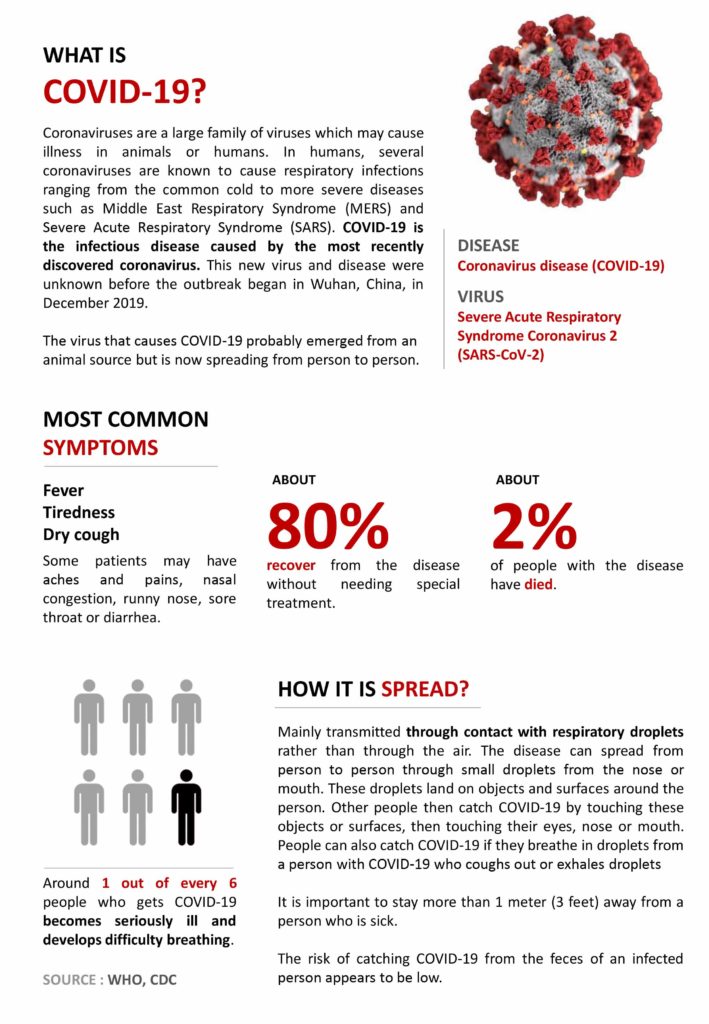
Now, let’ verify the claims made in the post.
Claim 1: Precautionary measures suggested by the UNICEF.
Fact: The viral message was not issued by the UNICEF. Some of the measures suggested in the message contradict the WHO’S view on COVID-19. Also, some have no scientific evidence. Hence the claim made in the post is FALSE.
UNICEF mainly caters to the needs of the children and young people across the globe. On the UNICEF’s website, it can be seen that it advised the parents on how to protect themselves and their children from COVID-19. Most of the measures suggested in the viral social media message were not found on the UNICEF’s website and some of the measures contradict the UNICEF’s and WHO’s views (on the use of mask and warm weather reducing the outbreak).
Claim 2: Wearing a mask can prevent people from getting infected by COVID-19 since corona virus is large in size with a diameter of 400-500 microns
Fact: According to WHO, people with no respiratory symptoms do not need to wear a medical mask. It recommends the use of masks for people who have symptoms of COVID-19 and for those taking care of individuals who have symptoms. Also, the use of a mask alone is insufficient to provide an adequate level of protection and other equally relevant measures should be adopted. Secondly, the size of the corona virus is not 400-500 microns, it is only 0.12 microns. Hence, the claim made in the post is onlyPARTIALLY TRUE.
On the WHO’s website, in the FAQ section on Coronavirus, it can be read that people with no symptoms need not wear a medical mask. It reads, ‘WHO advises rational use of medical masks to avoid unnecessary wastage of precious resources and misuse of masks. Use a mask only if you have respiratory symptoms (coughing or sneezing), have suspected COVID-19 infection with mild symptoms, or are caring for someone with suspected COVID-19 infection’. Even CDC (Centers for Disease Control and Prevention) does not recommend masks to healthy people.
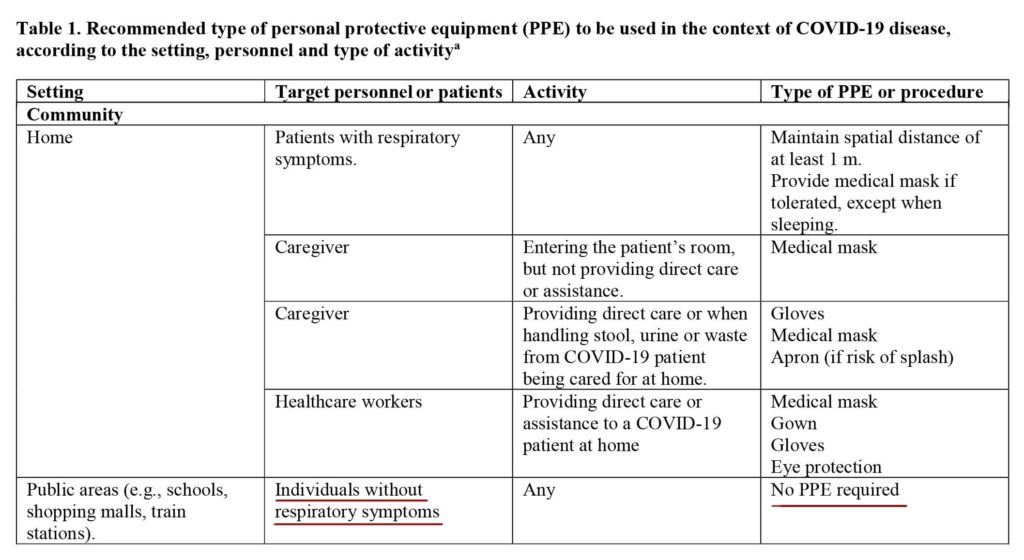

In one of the advisories released by the WHO, it can also be read that, ‘the use of a mask alone is insufficient to provide the adequate level of protection and other equally relevant measures should be adopted. If masks are to be used, this measure must be combined with hand hygiene and other IPC measures to prevent the human-to-human transmission of 2019-nCov…Wearing medical masks when not indicated may cause unnecessary cost, procurement burden and create a false sense of security that can lead to neglecting other essential measures such as hand hygiene practices. Furthermore, using a mask incorrectly may hamper its effectiveness to reduce the risk of transmission’. The guidelines regarding how to use masks can be watched here.
Talking about the use of masks, ‘The Guardian’ writes, ‘Wearing a face mask is certainly not an iron-clad guarantee that you won’t get sick – viruses can also transmit through the eyes and tiny viral particles, known as aerosols, can penetrate masks. However, masks are effective at capturing droplets, which is a main transmission route of coronavirus, and some studies have estimated a roughly fivefold protection versus no barrier alone (although others have found lower levels of effectiveness)…masks will probably make little difference if you’re just walking around town or taking a bus so there is no need to bulk-buy a huge supply’.
On its website, WHO writes, ‘Only wear a mask if you are ill with COVID-19 symptoms (especially coughing) or looking after someone who may have COVID-19. Disposable face mask can only be used once. If you are not ill or looking after someone who is ill then you are wasting a mask. There is a world-wide shortage of masks, so WHO urges people to use masks wisely’.
According to an article published in ‘The New England Journal of Medicine’, ‘the electron micrographs of negative-stained 2019-nCoV particles were generally spherical with some pleomorphism. Diameter varied from about 60 to 140 nm. Virus particles had quite distinctive spikes, about 9 to 12 nm, and gave virions the appearance of a solar corona’. So, the size of 2019-nCoV coronavirus is around 125 nm (0.125 microns). The smallest particles are 0.06 microns, and the largest are 0.14 microns. The electron microscopy image showing SARS-CoV-2 virus can be seen here.
An article published by the ‘Business Insider’ talks about the types of masks and their effectiveness. It can be read here. Eric Toner, a scientist at Johns Hopkins Center for Health Security, says the following about wearing a mask, ‘There’s little harm in it. But it’s not likely to be very effective in preventing it’. In the ‘Daily Mail’ article, it can be read that ‘surgical masks, which have proved popular, rarely filter out particles smaller than 5 microns – and coronavirus is only 0.12 microns’.
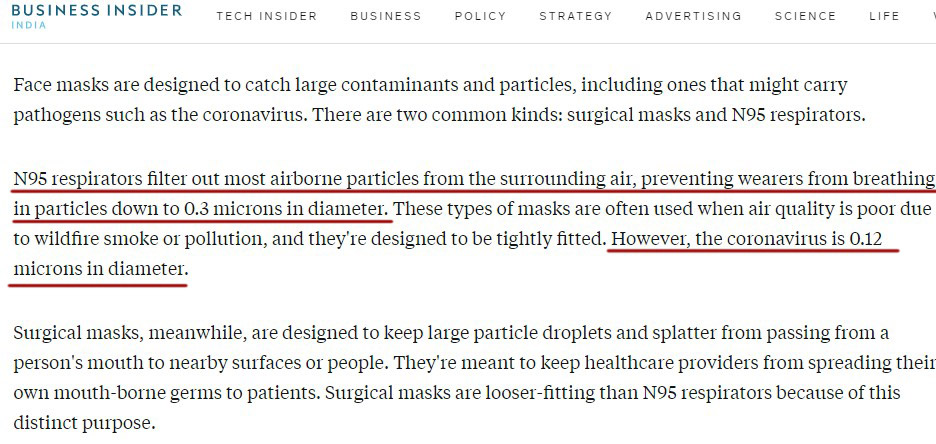
Claim 3: Coronavirus live up to 12 hours on metal, 9 hours on fabric, and 10 minutes on the human hand.
Fact: According to WHO, ‘the studies suggest that coronaviruses (including preliminary information on the COVID-19 virus) may persist on surfaces for a few hours or up to several days.’ There are no defined timelines for each surface. The topic is yet to be studied and confirmed. Hence the claim made in the post remains UNVERIFIED.
On the WHO website, it can be read that ‘it is not certain how long the virus that causes COVID-19 survives on surfaces, but it seems to behave like other coronaviruses. Studies suggest that coronaviruses (including preliminary information on the COVID-19 virus) may persist on surfaces for a few hours or up to several days. This may vary under different conditions (e.g. type of surface, temperature or humidity of the environment)’.
An explainer by ‘Reuters’ on ‘How long can coronavirus survive on surfaces?’ can be read here and an analysis of earlier studies on similar coronaviruses can be read here. There is no defined answer on the topic. It is yet to be studied and confirmed.
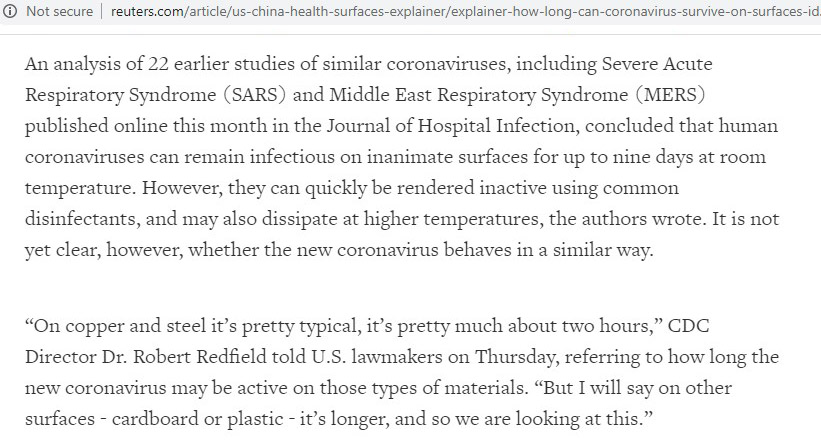
Claim 4: Outbreak of COVID-19 will be stopped by the hot weather conditions.
Fact: As of now, there is no scientific evidence to show that hot weather conditions will stop the outbreak of COVID-19. According to the CDC, ‘it is not known whether the spread of COVID-19 will decrease when the weather becomes warmer.’. Hence, the claim made in the post remains UNVERIFIED.
In an article published by the ‘National Geographic’ on the topic, it can be read that, ‘viruses that cause influenza or milder coronavirus colds do tend to subside in warmer months because these types of viruses have what scientists refer to as “seasonality”. But it’s highly uncertain that SARS-CoV-2 will behave the same way. Those currently studying the disease say their research is too early to predict how the virus will respond to changing weather’. Similar views about the virus can be also seen in the ‘Will heat kill the coronavirus?’ article, published in the ‘New Scientist’.
According to the CDC, ‘it is not yet known whether weather and temperature impact the spread of COVID-19. Some other viruses, like the common cold and flu, spread more during cold weather months but that does not mean it is impossible to become sick with these viruses during other months. At this time, it is not known whether the spread of COVID-19 will decrease when the weather becomes warmer. There is much more to learn about the transmissibility, severity, and other features associated with COVID-19 and investigations are ongoing’. The same can be seen on the WHO’s website. WHO’s Dr Maria Van Kerkhove’s answer on the same topic can be watched here.
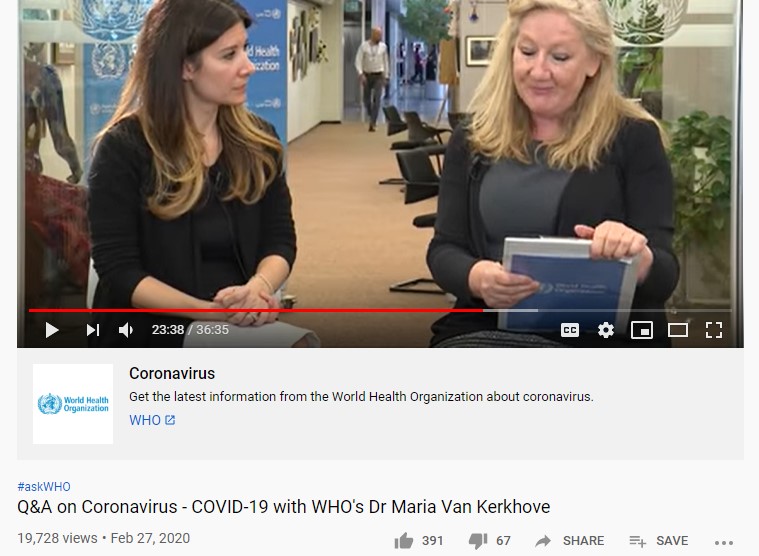
Claim 5: Gargling with warm water and salt will prevent COVID-19.
Fact: WHO does not mention ‘gargling with warm water and salt’ as a preventive measure. In an email to AFP, the WHO said, ‘We have seen no convincing evidence that rinsing one’s mouth with diluted saline water will provide protection from this disease’. Hence the claim made in the post is FALSE.
In a press release regarding misinformation on Coronavirus, UNICEF has clarified that the message circulating on social media as UNICEF communication is not true. Also, ‘UNICEF Cambodia’ has tweeted the photo of the message and called it ‘fake’.
To sum it up, the viral message regarding COVID-19 was not issued by the UNICEF. Most of the claims are either false or unverified.
Did you watch our new video?



3 Comments
Unverified does not mean false. I know physicians in the US that recommend salt water gargling to stave off infections. Not proven if it would work for this virus, but not proven that it doesn’t either, and how can it hurt? The WHO is hardly the last word on efficacy…let’s not get carried away here.
‘….no convincing evidence………….protection from “THIS” disease’.
Likely no convincing evidence of rubbing a cat on your head either. But might as well give it a shot!!
Agreed..